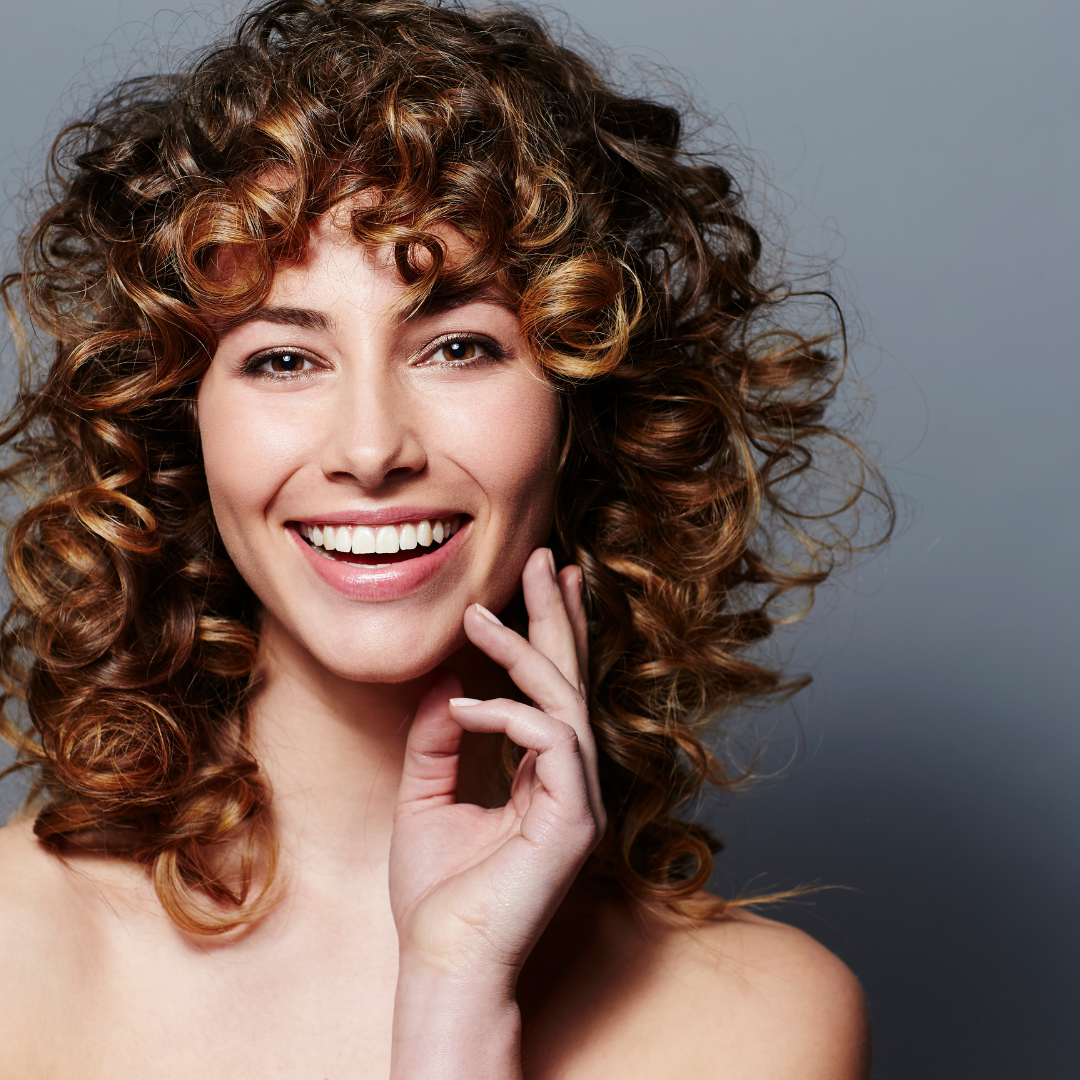Curly hair, with its unique patterns and stunning volume, is an exceptional feature to be celebrated. For those who are blessed with these natural spirals, understanding your curl hair type is of utmost importance.
By accurately identifying your curls, you can unlock the secrets to proper care, maintenance, and styling, ensuring your tresses remain healthy and vibrant.
In this comprehensive guide, we will delve into the world of curly hair, focusing on the various curl types and how to determine your own.
Our goal is to help you embrace your curly hair type and provide you with the tools and knowledge to keep your locks looking their best. So, let’s dive into the fascinating world of curls and discover what makes your hair uniquely beautiful.
Different Curl Hair Types
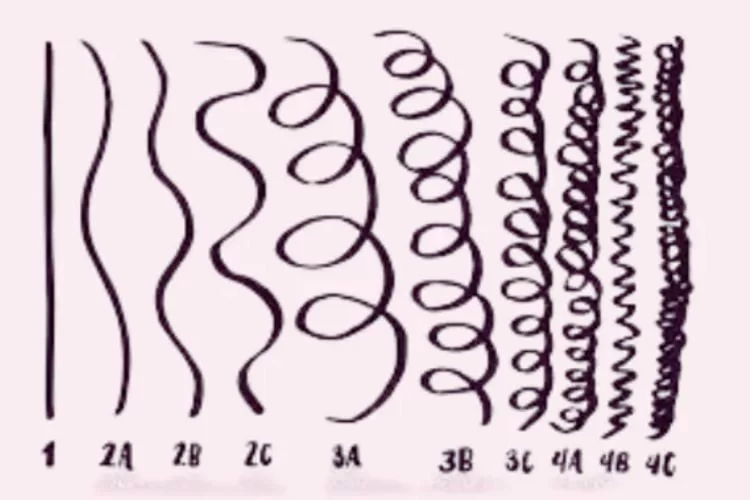
Curly hair encompasses a diverse range of textures and patterns, each with its own unique characteristics. Generally, curl types can be classified into three main categories: Type 2 (wavy), Type 3 (curly), and Type 4 (coily).
Within these categories, hair types are further divided into subcategories (A, B, and C) to account for the variation in curl tightness and patterns. Type 2 hair exhibits a gentle, wavy pattern that can range from loose beachy waves to more defined S-shaped waves.
Type 3 curly hair forms distinct ringlets or corkscrews, with variations in the size and shape of the curls. Lastly, Type 4 coily hair is characterized by tightly coiled or zigzag patterns, often resulting in significant volume and density.
Understanding these distinctions and identifying your specific curl type is essential for tailoring your hair care routine, selecting suitable products, and mastering the art of styling your curly hair.
Type 2: Wavy Hair
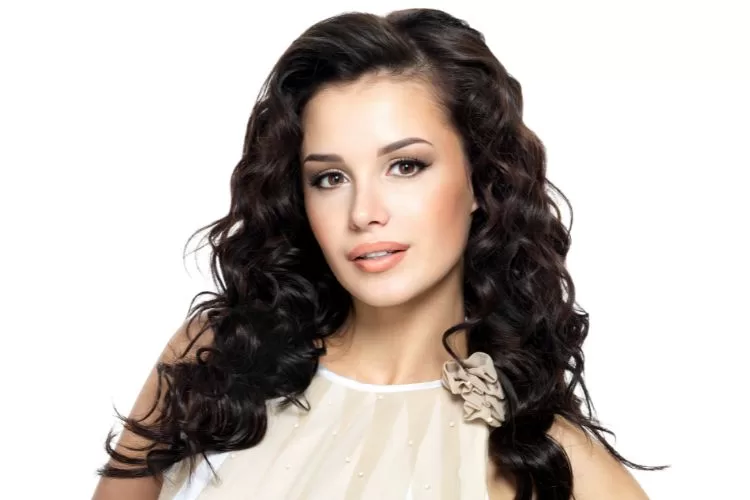
Type 2 wavy hair, often described as the bridge between straight and curly hair, showcases a distinct yet delicate wave pattern. This category is further divided into three subcategories: 2A, 2B, and 2C. Type 2A hair features loose, tousled waves with a subtle S-shaped pattern, giving it a beachy, carefree appearance.
Type 2B wavy hair exhibits more defined S-shaped waves that start closer to the roots, with a slight tendency towards frizz. Type 2C hair presents the most pronounced waves within the wavy hair spectrum, boasting well-defined S-shaped curls that can border on ringlets.
These waves are often thicker and more prone to frizz compared to their 2A and 2B counterparts. While Type 2 wavy hair generally has a lightweight, bouncy texture, each subcategory comes with its own set of unique care and styling requirements to maintain healthy, vibrant waves.
Type 3: Curly Hair

Type 3 curly hair is characterized by the presence of well-defined curls that range from loose ringlets to tight corkscrews, adding volume and dimension to the hair.
This category is also divided into three subcategories: 3A, 3B, and 3C. Type 3A hair features large, loose curls that create a smooth, S-shaped pattern. These curls tend to be shiny, bouncy, and more resistant to frizz than wavy hair. Type 3B hair consists of tighter, springy curls that have a medium circumference, often resembling the size of a marker.
This curl type can be prone to dryness and frizz, requiring extra moisture and care. Curl hair Type 3C exhibits the tightest curls within the category, with corkscrew-like coils that closely resemble the size of a pencil.
These curls are densely packed and can be susceptible to tangling, shrinkage, and dryness. Understanding the specific characteristics of each Type 3 subcategory is crucial for adopting the right hair care routine and achieving stunning, well-defined curls.
Type 4: Coily Hair
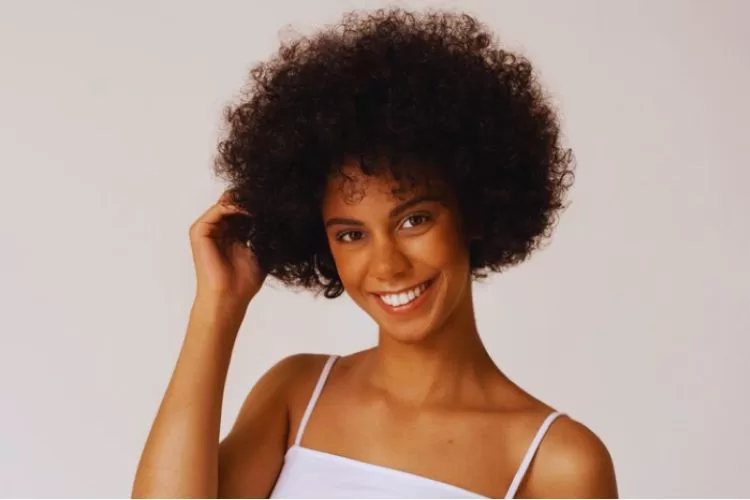
Type 4 coily hair, also known as kinky or afro-textured hair, is distinguished by its tight, intricate curl patterns that vary from small, springy coils to zigzag shapes.
This category is subdivided into three classifications: 4A, 4B, and 4C. Type 4A hair features tightly coiled curls with a visible S-shaped pattern, resembling the size of a crochet needle.
These coils are often highly dense and moisture-retentive. Type 4B hair exhibits a more Z-shaped pattern, with sharp angles and bends that create a unique zigzag formation.
This hair type can experience significant shrinkage, which may mask its actual length. Type 4C coily hair, the tightest of all curl types, forms very small, compact coils that may not exhibit a defined pattern.
This hair type is highly prone to shrinkage and often requires additional care to retain moisture and prevent breakage. Embracing the distinctive qualities of Type 4 coily hair and implementing a tailored care routine can result in beautifully textured, healthy, and resilient tresses.
How to Determine Your Curl Hair Type

Determining your curl hair type is an essential step in understanding how to care for and style your unique locks. Begin by washing and conditioning your hair to remove any buildup and ensure a clean starting point.
Refrain from using any styling products, as these can alter your hair’s natural state. Allow your hair to air-dry or use a diffuser on a low heat setting to maintain its natural texture.
Observe your curl hair pattern, paying close attention to the shape, size, and tightness of the curls or waves. Compare your observations with the descriptions of the different curl types (Type 2, Type 3, and Type 4) and their respective subcategories.
Additionally, consider factors such as hair porosity and density, which can influence your hair’s overall behavior and care requirements. By accurately assessing your curl hair type, you can create a tailored hair care routine that caters to your hair’s specific needs, ultimately resulting in healthier, more manageable tresses.
Curl Hair Type Care Tips
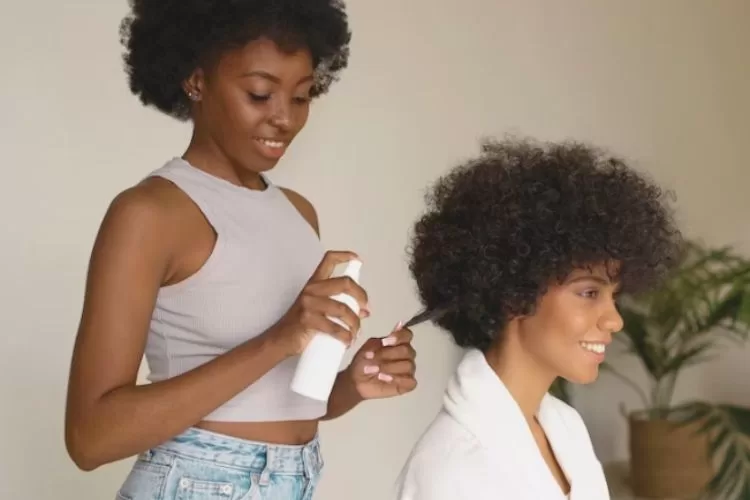
Cleansing and conditioning
Sulfate-free shampoos
Using sulfate-free shampoos is highly recommended for individuals with curly hair, as they provide a gentler cleansing experience while preserving the hair’s natural moisture. Sulfates, commonly found in conventional shampoos, are harsh detergents that strip away the hair’s natural oils, leading to dryness, frizz, and breakage.
Curly hair, especially tighter curl types, is more prone to dryness due to its structure, making it essential to maintain the hair’s moisture balance.
Sulfate-free shampoos use milder cleansing agents that effectively remove dirt, excess oil, and product buildup without compromising the hair’s essential moisture. Incorporating a sulfate-free shampoo into your hair care routine can result in softer, more hydrated curls that are less prone to frizz and breakage, enhancing the overall health and appearance of your curly hair.
Deep conditioning treatments
Deep conditioning treatments play a crucial role in maintaining the health and vitality of curly hair. Due to its unique structure, curl hair type is more susceptible to dryness, frizz, and damage, making it essential to provide an extra boost of hydration and nourishment.
Deep conditioning treatments, which typically contain a rich blend of moisturizing ingredients such as natural oils, butters, and proteins, penetrate the hair shaft to restore moisture, improve elasticity, and repair damage.
Incorporating a deep conditioning treatment into your hair care routine at least once a week can significantly improve the overall health of your curls. By doing so, you can expect enhanced curl definition, increased manageability, and reduced breakage.
Moreover, deep conditioning treatments can help to combat common curl hair type challenges such as frizz, dryness, and tangles, ultimately resulting in softer, shinier, and more resilient locks.
Styling and maintenance
Styling and maintaining curl hair type requires a thoughtful approach to ensure that your curls stay healthy, defined, and frizz-free. Incorporating leave-in conditioners, curl defining creams, and gels into your hair care routine can make a significant difference in the appearance and manageability of your curls.
Leave-in conditioners offer a lightweight, continuous source of hydration and nourishment throughout the day, effectively taming frizz and reducing breakage. They create a protective barrier around the hair shaft, locking in moisture and preventing environmental factors from causing damage.
Curl defining creams are designed to enhance the natural shape of your curls while providing a soft, touchable hold. These creams typically contain moisturizing ingredients that help to smooth the hair cuticle and reduce frizz, resulting in more defined, bouncy curls.
Gels, on the other hand, offer a stronger hold to keep your curls in place and maintain their shape throughout the day. When applied to wet or damp hair, gels can help to form a cast around the curls, sealing in moisture and preventing frizz.
By using a combination of leave-in conditioners, curl defining creams, and gels, you can achieve well-defined, hydrated, and frizz-free curls that are easy to manage and style, showcasing the natural beauty of your curl hair type.
Tips for minimizing frizz and breakage
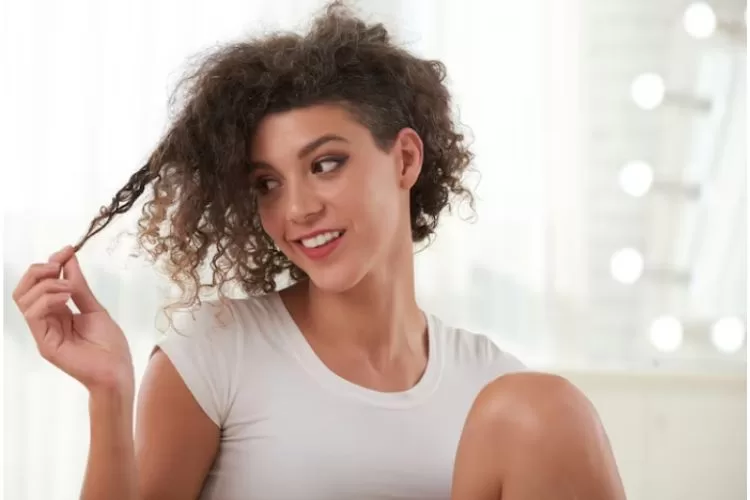
Minimizing frizz and breakage is a top priority for individuals with curly hair , as these issues can compromise the health and appearance of your curls. Implementing a few simple yet effective tips can significantly reduce frizz and breakage, ensuring that your curls stay vibrant and strong.
First, consider using microfiber towels and satin pillowcases to protect your hair from friction and moisture loss. Microfiber towels are gentle on the hair cuticle, absorbing excess water without causing frizz or damage. Satin pillowcases reduce friction while you sleep, preventing tangles, breakage, and the dreaded morning frizz.
Second, opt for protective hairstyles that keep your hair secure and minimize manipulation. Styles such as braids, twists, and updos not only look stylish but also shield your hair from environmental stressors and reduce the likelihood of breakage.
Changing your protective style every few weeks can help maintain the health of your curls and promote even growth.
Lastly, schedule regular trims to keep your hair in optimal condition.
Trimming the ends of your hair every 6-8 weeks can prevent split ends and breakage from traveling up the hair shaft, ultimately promoting healthier, stronger curls. By incorporating these tips into your hair care routine, you can minimize frizz and breakage, ensuring that your curls remain defined, smooth, and resilient.
Embracing Your Curl Hair Type
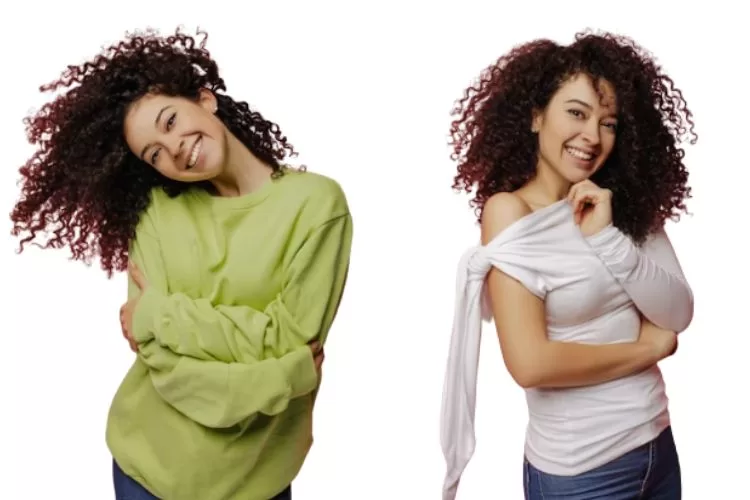
Embracing your curly hair is a journey of self-acceptance and self-love that can positively impact your overall well-being and confidence. Recognizing the importance of self-acceptance is the first step in appreciating your hair’s unique characteristics.
Curly hair, with its diverse range of textures and curl air type, is a stunning feature that sets you apart from others. By embracing your hair’s individuality, you can learn to love and appreciate the beauty it brings to your appearance.
Celebrating your hair’s uniqueness is crucial in fostering a positive relationship with your curls. Acknowledge the versatility and distinctive qualities your curl hair type possesses, and take pride in the fact that no two curl hair type identical.
Experiment with various hairstyles and techniques to accentuate your curls and showcase their beauty, allowing your hair to become an extension of your personality and style.
Finding inspiration from fellow curly-haired individuals can be incredibly empowering and helpful in your journey of embracing your hair. Connect with others who share similar hair types and experiences, whether it’s through online forums, social media platforms, or in-person events.
Surrounding yourself with a supportive community of curly-haired individuals can provide valuable insights into hair care, styling, and self-acceptance, further reinforcing the beauty of your natural curls.
By acknowledging the importance of self-acceptance, celebrating your hair’s uniqueness, and finding inspiration from others, you can truly embrace your curl hair type and allow it to shine in all its glory.
Conclusion
In conclusion, this comprehensive guide has explored the various aspects of curl hair type, including the different curl types and subcategories, determining your specific curl hair type, and essential care and styling tips.
By understanding your unique curl pattern and incorporating tailored hair care practices such as using sulfate-free shampoos, deep conditioning treatments, and appropriate styling products, you can maintain the health and vitality of your curls.
Additionally, adopting habits such as using microfiber towels and satin pillowcases, choosing protective hairstyles, and scheduling regular trims can minimize frizz and breakage, further enhancing your hair’s appearance and strength.
Embracing your curly hair typr is a transformative journey that involves self-acceptance, appreciation of your hair’s uniqueness, and drawing inspiration from fellow curly-haired individuals.
By following the guidance provided in this guide and nurturing a positive relationship with your curls, you can confidently showcase your hair’s natural beauty and celebrate the distinct qualities that make it truly special. So, go forth and embrace your curl hair type, cherishing the remarkable feature that sets you apart and adds to your individuality.



